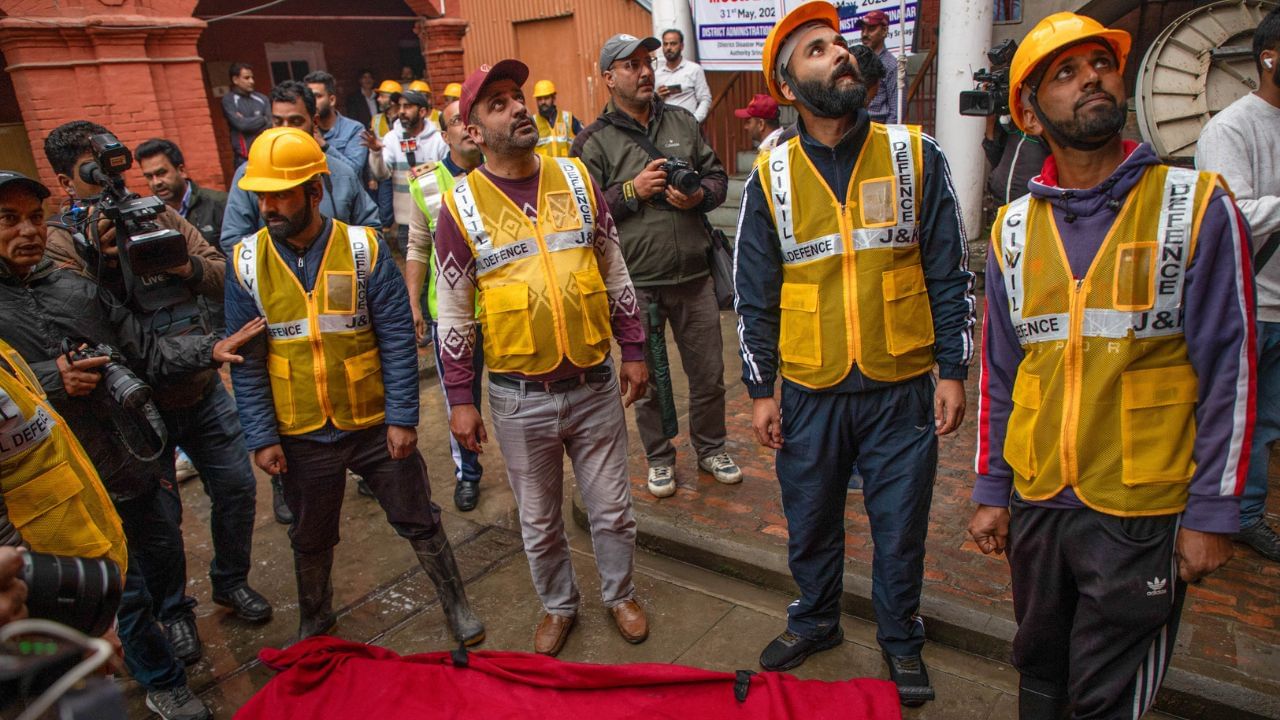New Delhi: India, with its vast and diverse geography, faces frequent threats from natural disasters like earthquakes, floods, cyclones, droughts, tsunamis, and landslides, as well as human-induced incidents such as industrial accidents. With more than half of the country’s landmass prone to seismic activity and over 27 states and union territories identified as disaster-prone, preparedness is a necessity rather than a choice.
To manage these risks, India has built a strong disaster management framework under the Disaster Management Act, 2005. The National Disaster Management Authority (NDMA), headed by the Prime Minister, frames policies and coordinates with State and District Disaster Management Authorities (SDMAs and DDMAs). The National Disaster Response Force (NDRF), set up in 2006, plays a frontline role in rescue and relief, supported by local bodies, NGOs, and community volunteers.
Major drills in 2025
A key part of this framework is Disaster Management Exercises (DMEx), which test emergency response plans, train personnel and improve coordination among agencies. These drills are aligned with international frameworks like the Sendai Framework for Disaster Risk Reduction.
In 2025, several large-scale mock drills were conducted. In June, NDMA and the Uttar Pradesh SDMA organised a flood preparedness exercise across all 118 tehsils in 44 flood-prone districts of the state. On June 28, a mock drill for the Amarnath Yatra’s southern route in Anantnag, Jammu & Kashmir, tested the safety and coordination plans for pilgrims.
Suraksha Chakra earthquake drill
The biggest exercise of the year, Suraksha Chakra, took place on August 1 across 55 locations in Delhi-NCR, covering 18 districts in Delhi, Haryana, and Uttar Pradesh. Organised by NDMA with the Indian Army, DDMAs, and SDMAs, the drill simulated a massive earthquake. It involved siren alerts, evacuations, medical simulations, and testing of standard operating procedures in schools, hospitals, metro stations, and residential areas.
Officials said such exercises are crucial for building a culture of preparedness, ensuring smooth inter-agency coordination, and empowering citizens to act responsibly during emergencies. Public participation, they stressed, is as important as government readiness in reducing disaster impact. With technology-enabled systems, trained responders, and community awareness, India is moving closer to its goal of becoming a disaster-resilient nation.
